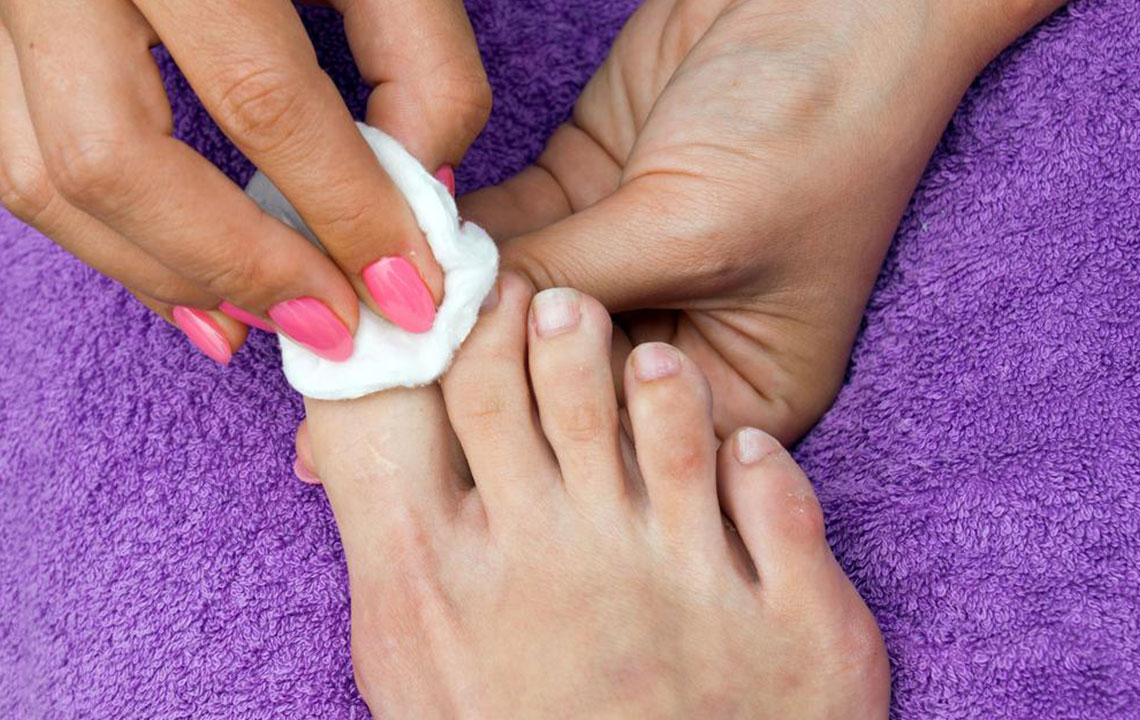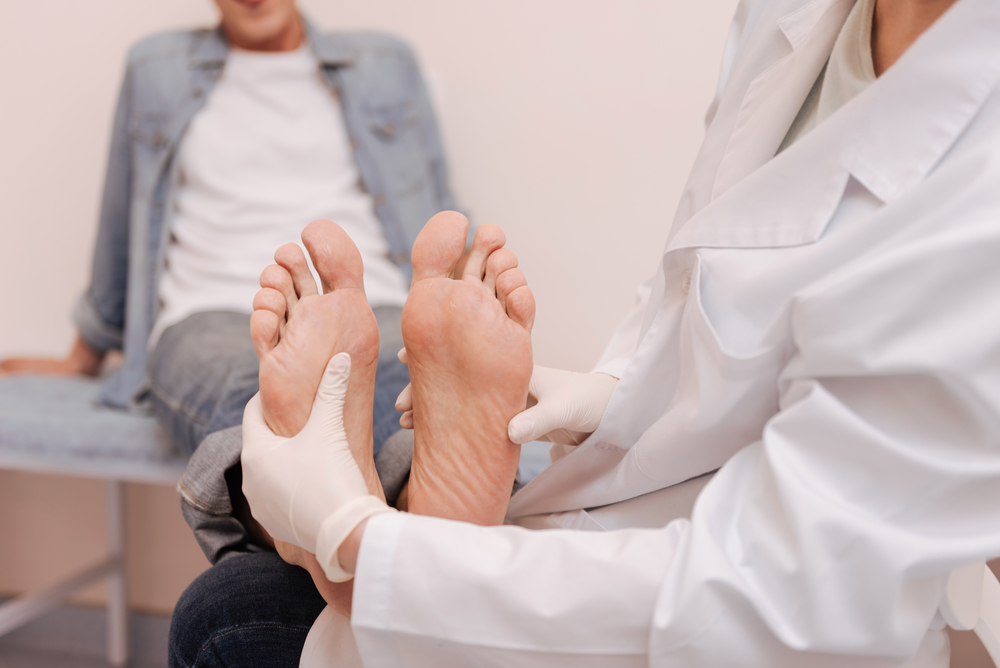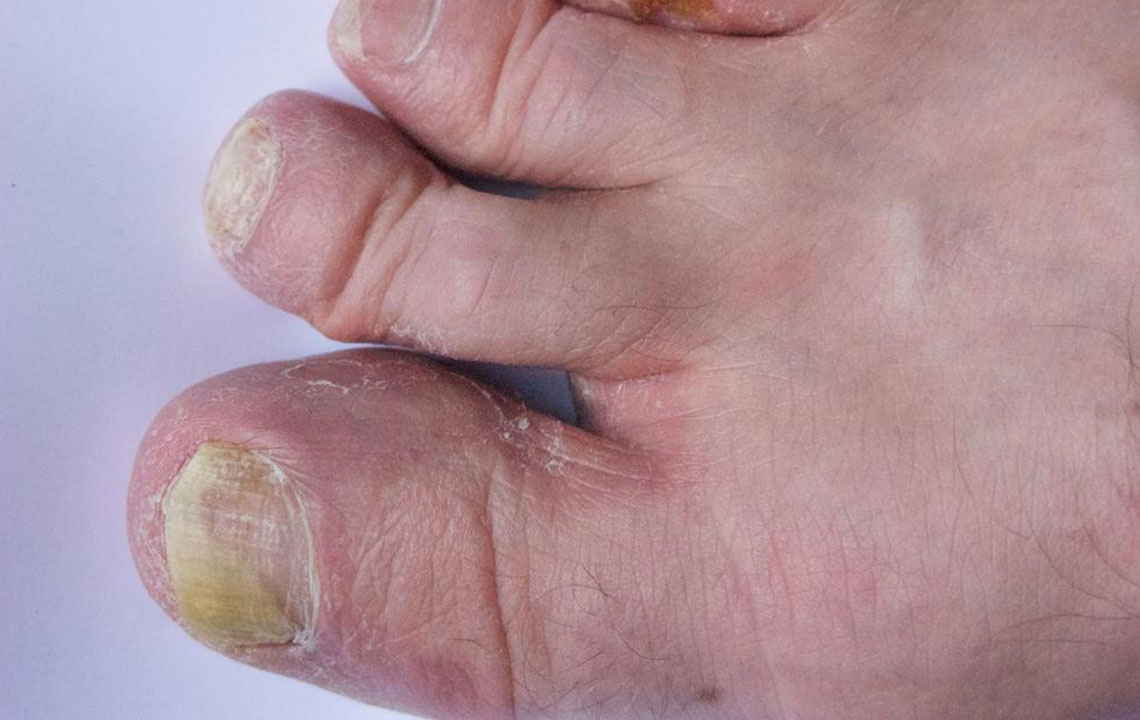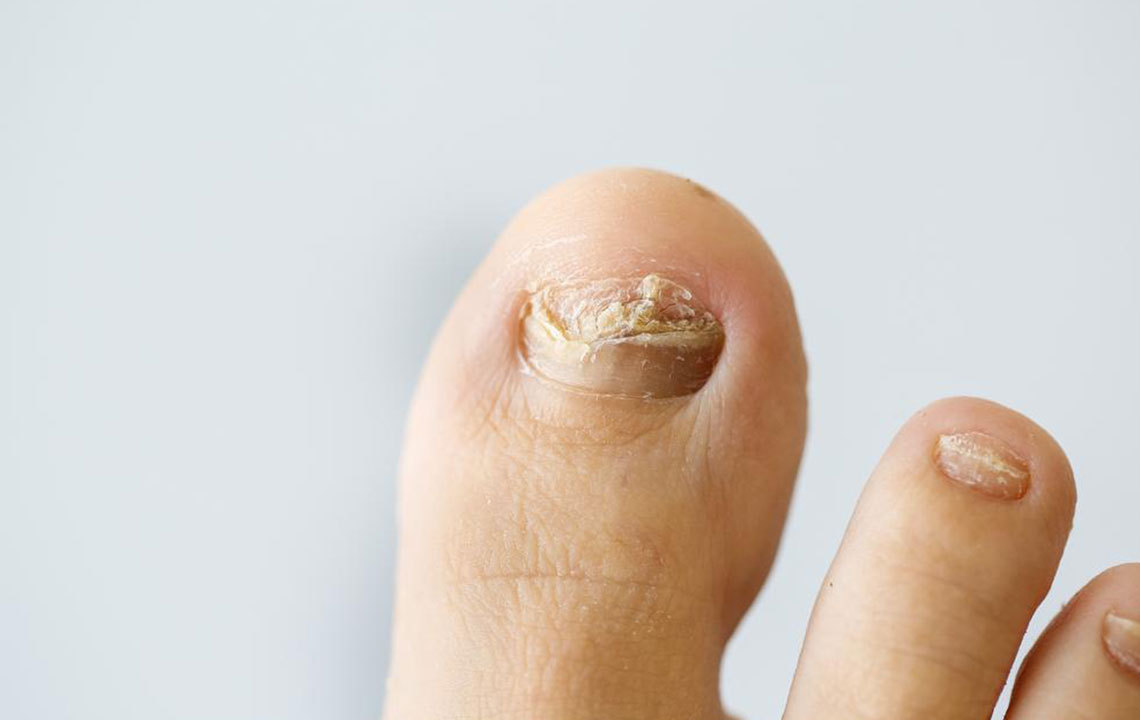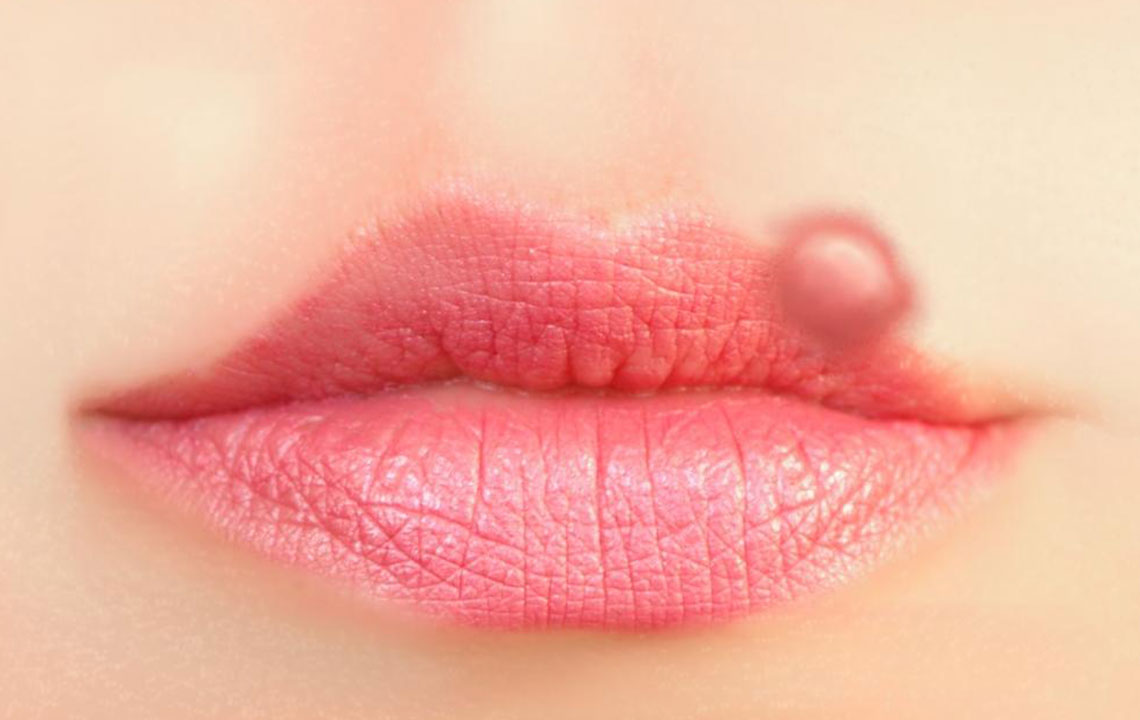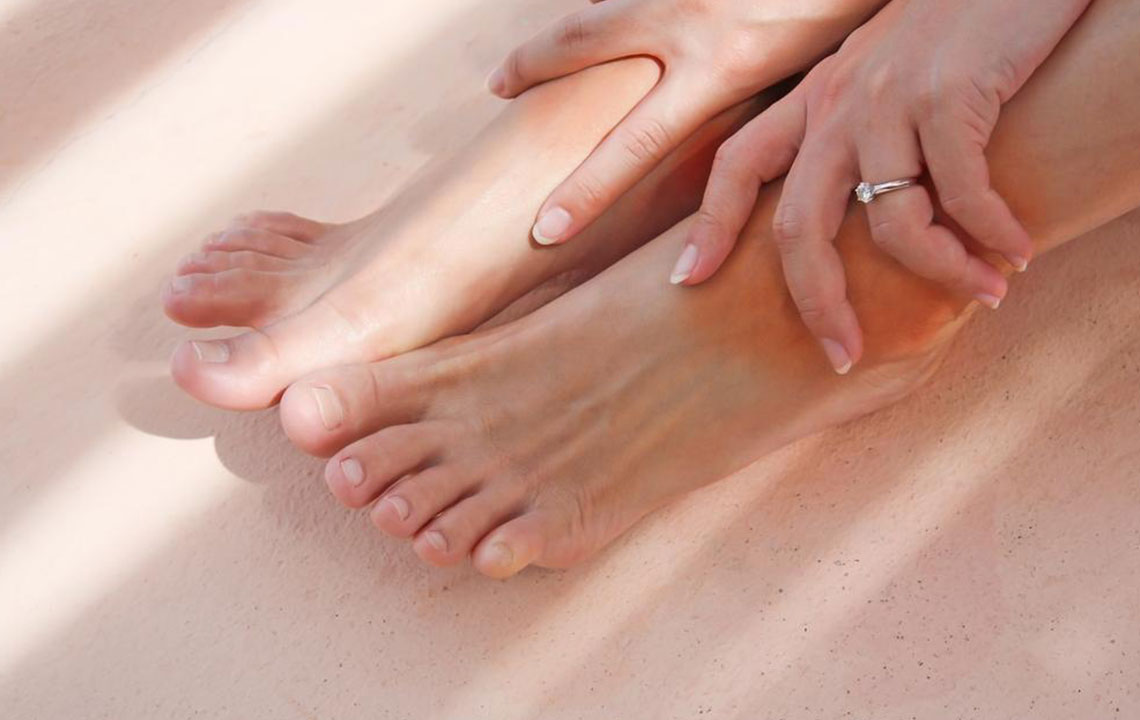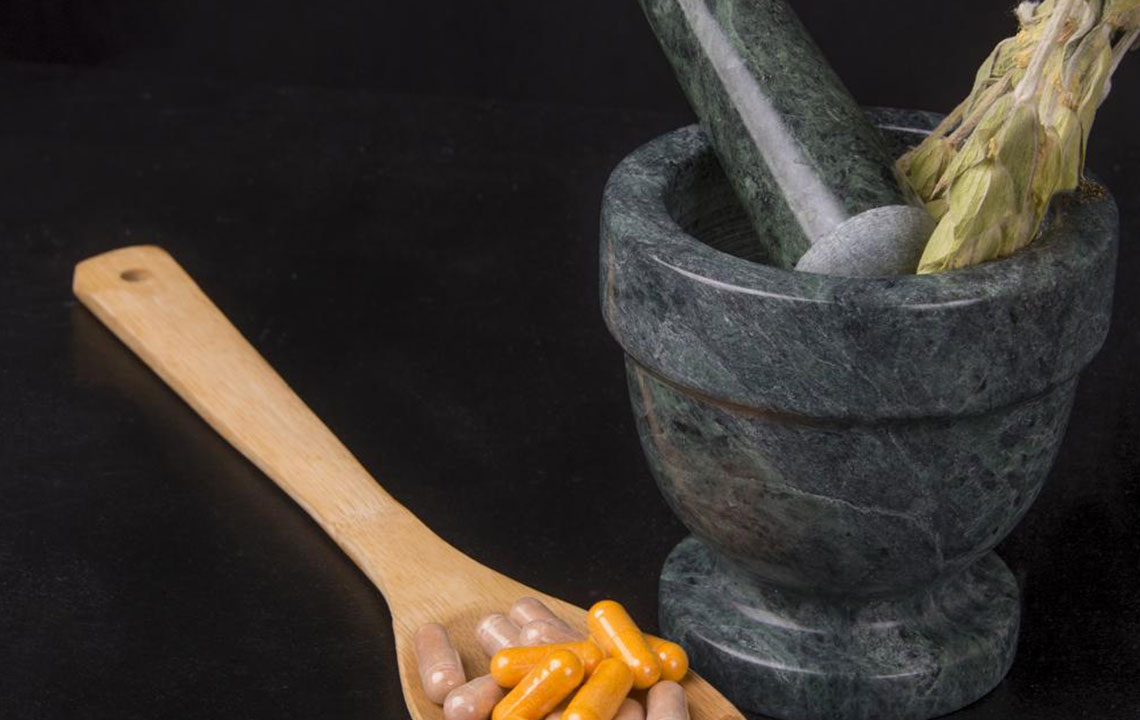Comprehensive Guide to Effective Treatments for Toenail Fungal Infections
This comprehensive guide covers various treatments for toenail fungal infections, emphasizing early diagnosis, medication options, home remedies, and preventive practices. It highlights risk factors affecting certain populations and provides practical tips for foot hygiene to avoid future issues. Consulting healthcare professionals is crucial for effective management and recovery from toenail fungus, ensuring a safer and healthier solution for affected individuals.

Comprehensive Guide to Effective Treatments for Toenail Fungal Infections
Toenail fungal infections occur when fungi invade through cracks in the nails, sometimes damaging the surrounding skin. The affected toenails often become thicker and change color, causing discomfort and pain. Warm, moist environments facilitate fungal growth, increasing risk for spread. Various fungi and yeasts can infect the nails, and if untreated, the infection may extend to other areas. The affected nails tend to become brittle, and infections beneath the nails can separate the nail from the nail bed and reach the skin. Men, older adults, diabetics, and those with weakened immune systems are more vulnerable, especially those who frequently keep their feet wet or have a family history of such infections.
Effective Toenail Fungus Treatments
Early intervention by consulting a healthcare professional offers the best chance for recovery. Podiatrists or dermatologists may recommend lab tests before prescribing medication. Treatment options vary based on infection severity and may include topical antifungal creams, nail lacquers, or prescribed oral medications. Severe cases might require nail removal. Preventive measures include regular washing of feet, trimming nails with sterilized tools, wearing breathable footwear, and changing socks frequently, especially for those engaged in strenuous activity. Keeping feet dry and clean is crucial. Monitoring for changes in nail color or texture and seeking prompt medical advice can prevent complications. Complete healing may take months, especially if the infection has advanced.
Most treatments involve oral antifungal drugs, typically taken for 6 to 12 weeks, which effectively combat infections in younger individuals with stronger immune systems. However, these medications can cause side effects such as lung issues or skin rashes, so regular blood tests are recommended. Medicated nail polishes and creams are also available, providing localized treatment that may show results within a week when applied correctly. In resistant cases, surgery might be necessary, including temporary removal of the nail for topical treatments or permanent nail removal to prevent spread. Home remedies like vinegar soaks, baking soda, and coconut oil can provide relief, but proper nail trimming before using these methods enhances effectiveness. Always consult a healthcare professional if home remedies fail or if symptoms worsen.
Important Information:
While home remedies can be helpful, professional medical treatment remains essential for persistent infections. Proper diagnosis and guidance ensure effective and safe recovery. Be cautious of potential side effects from medications and adhere to medical advice for the best outcomes. Regular foot hygiene and prompt attention to toe infections are key to preventing further complications.

